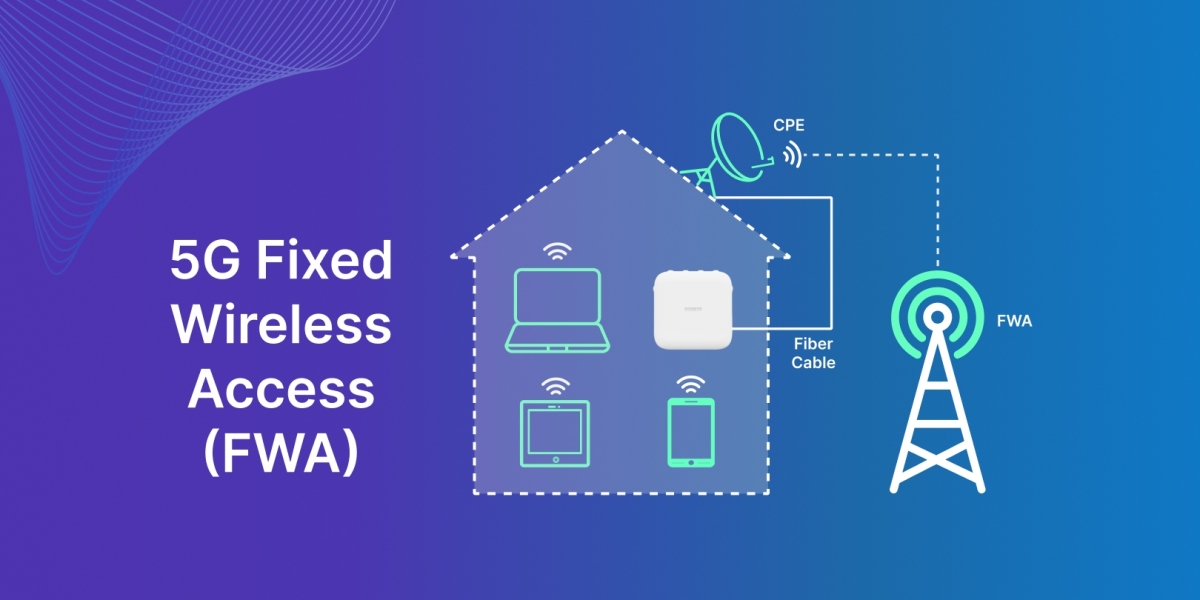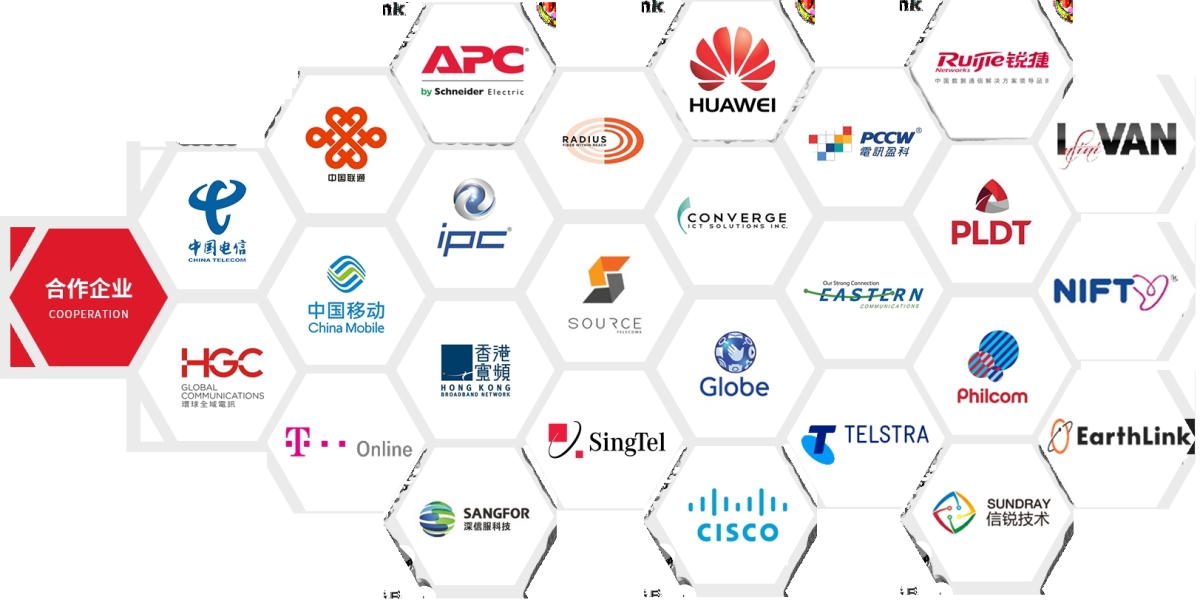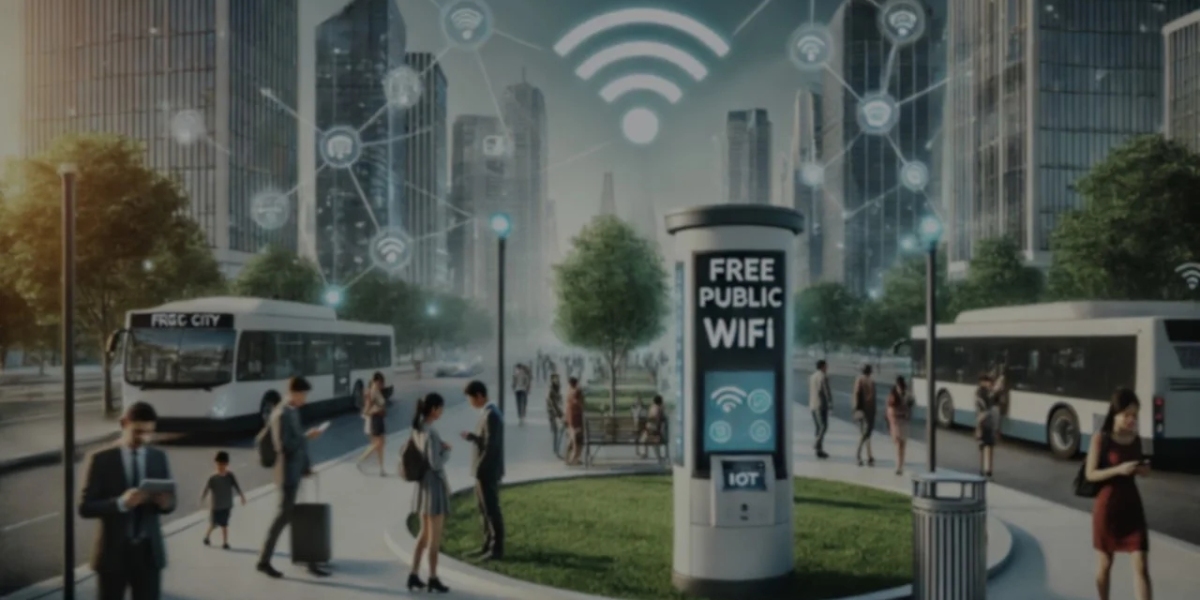What is Fixed Wireless Access (FWA)?
Fixed Wireless Access is the process of providing wireless broadband using a radio link between two fixed points. In other words, fixed wireless is a way to provide wireless Internet access to homes or businesses without laying fiber and cables to provide the last mile connection. FWA enables network operators to deliver ultra-high-speed broadband to suburban and rural areas, connecting homes and businesses to the Internet.
How does Fixed Wireless Access (FWA) work?
Fixed wireless access (FWA) is a technology that uses radio waves to send high-speed signals to provide data transmission to and from consumer devices. FWA systems typically consist of a base station connected to a fixed network and multiple subscriber units distributed over a wide area. Base stations on utility poles, buildings or towers can communicate with subscriber units via radio waves, allowing consumers to connect to the fixed network and access high-speed data services.
How does fixed wireless access (FWA) differ from wired broadband?
Fixed wireless access, which can support 5G technology, is the next generation of wireless connectivity, with the potential for ultra-high speeds, low latency and large capacity. In theory, this can allow users to enjoy speeds comparable to wired broadband connections. FWA differs from wired broadband in one major way.
Wired, fixed-line broadband works over fiber-optic cables, phone lines (DSL), coaxial cables (cable modems), or power lines (BPL); no matter which form of broadband you use, it requires data to be transmitted over cables. For example, in the case of DSL, you connect your modem to the phone line in your wall and receive internet packets over the copper wires. The speed of your DSL connection will depend on how close the phone company is to the nearest facility, and the integrity of their phone lines.
With fiber-optic internet, your internet service provider runs a cable all the way to your home or a location nearby, in which case you tap into it through a phone line connected to a switch box. With FWA, your device receives radio signals from the internet provider's towers. This doesn't require any cables or wires to your home.
FWA may be able to bring high-speed internet to areas that cables can’t reach, which is why it is likely to play a role in future wireless internet connections, especially in digital deserts.
What are the advantages of 5G FWA?
Gigabit speeds – FWA has been around for years, but 4G speeds couldn’t compete with fiber-to-the-home. 5G changes all that, which is why FWA is so attractive for the future. Not all 5G FWA connections will offer gigabit speeds, but it will generally be competitive with other high-speed broadband offerings and can exceed 100 Mbps.
Bridging the digital divide - FWA provides high-speed internet access to areas and people in need through wireless means.
Flexible installation - Unlike other technologies, FWA can be installed quickly and easily without digging trenches or other disruptive construction. For example, a customer can get high-speed Internet access by simply installing a small pillow-shaped antenna in their home and running a wire from the antenna down to their router. This is because the antenna can receive wireless signals from fixed wireless nodes on nearby utility poles or light poles.
Optimizing unused spectrum – One of the largest capital expenditures for mobile operators is their wireless spectrum, and operators are constantly looking for ways to improve their return on investment. FWA helps them do this. In rural areas, a key market for FWA, there is often additional spectrum capacity due to lower population density. In addition, traditional mobile users use more during the day, while home Internet usage peaks in the evening.








